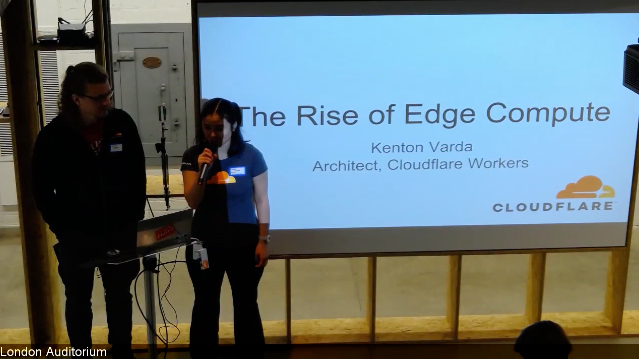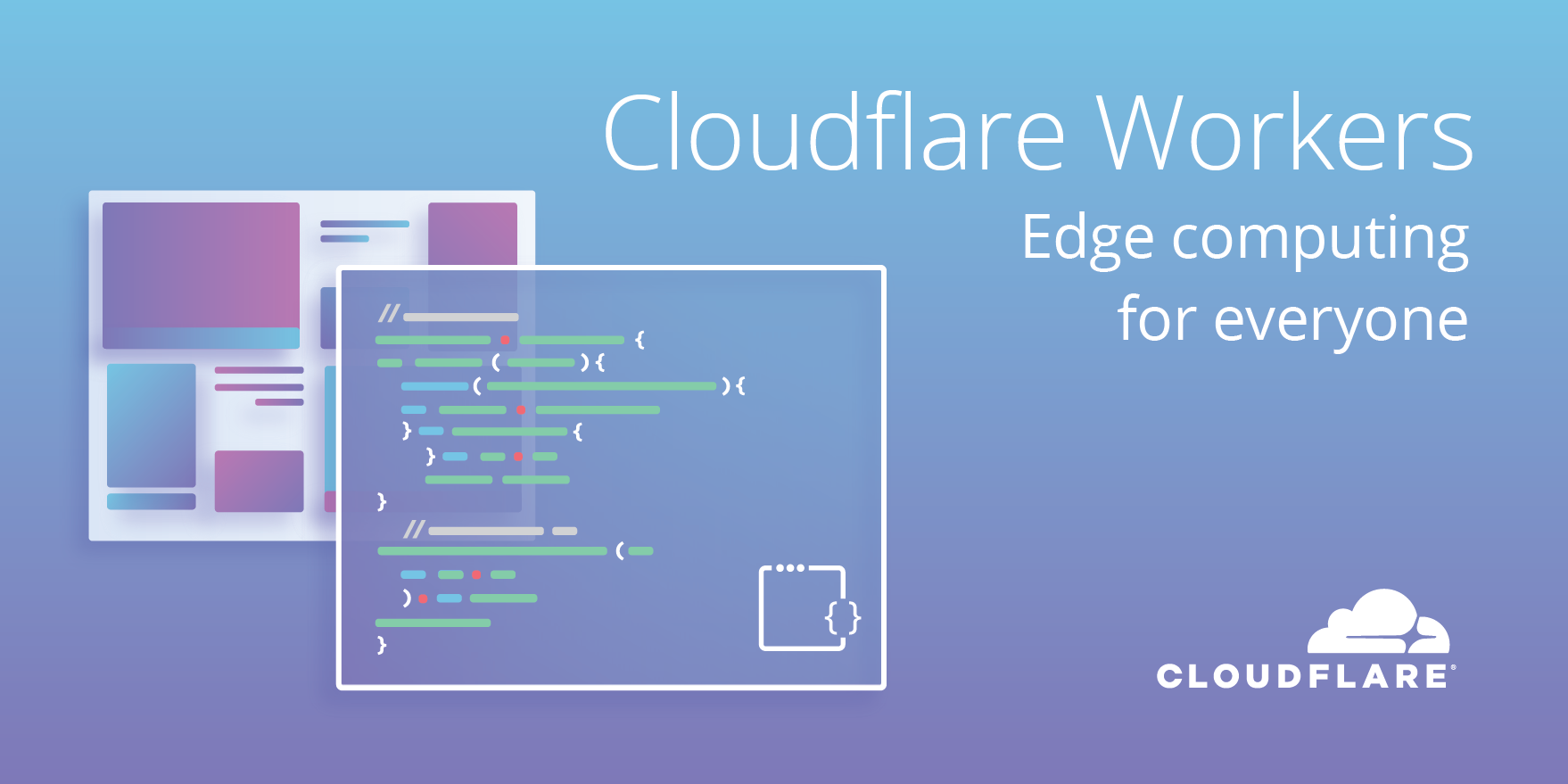The Rise of Edge Compute: The Video

At the end of March, Kenton Varda, tech lead and architect for Cloudflare Workers, traveled to London and led a talk about the Rise of Edge Compute where he laid out our vision for the future of the Internet as a platform.
Several of those who were unable to attend on-site asked for us to produce a recording. Well, we've completed the audio edits, so here it is!
Visit the Workers category on Cloudflare's community forum to learn more about Workers and share questions, answers, and ideas with other developers.

 While OpenStack is widely used by service providers, ONUG's enterprise members are dealing with a different ecosystem with different issues, such as thousands of applications.
While OpenStack is widely used by service providers, ONUG's enterprise members are dealing with a different ecosystem with different issues, such as thousands of applications.
 Developing software on Optane hardware reduces transaction costs for latency-sensitive workloads and increases scale per server.
Developing software on Optane hardware reduces transaction costs for latency-sensitive workloads and increases scale per server.
 The agent AppMon's sensors are pervasively deployed in a host environment to generate precise granular performance measurement, impairment detection, and anomaly detection.
The agent AppMon's sensors are pervasively deployed in a host environment to generate precise granular performance measurement, impairment detection, and anomaly detection. By making switching smarter, operators can lower latency and increase bandwidth.
By making switching smarter, operators can lower latency and increase bandwidth. The latest round of Azure Kubernetes Service updates include the new name and general availability in the coming weeks.
The latest round of Azure Kubernetes Service updates include the new name and general availability in the coming weeks. The SD-WAN supply chain becomes critically important, as it includes the planning and management of all application delivery infrastructure involved in sourcing, procurement, deployment, and logistics.
The SD-WAN supply chain becomes critically important, as it includes the planning and management of all application delivery infrastructure involved in sourcing, procurement, deployment, and logistics.